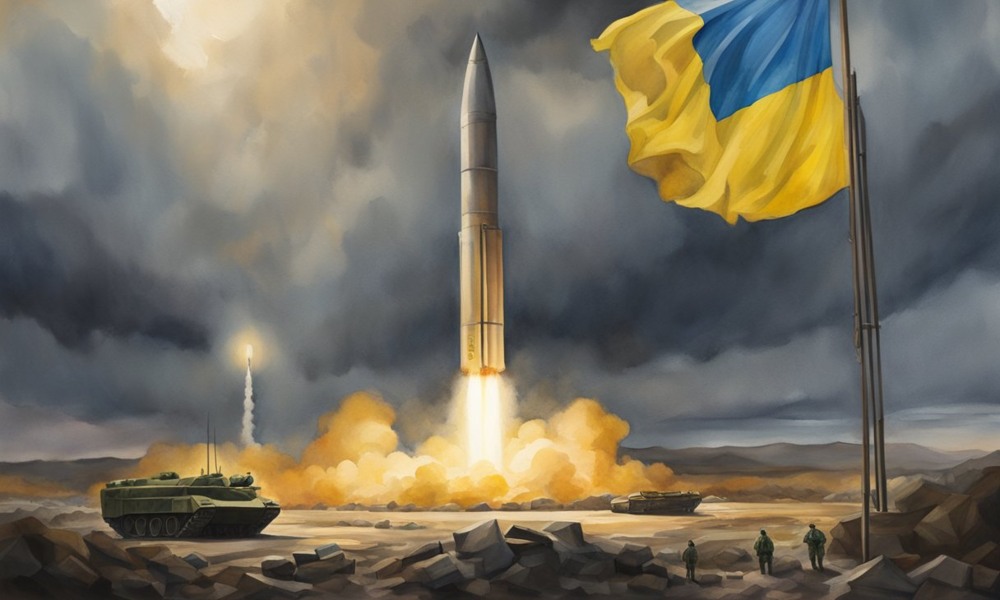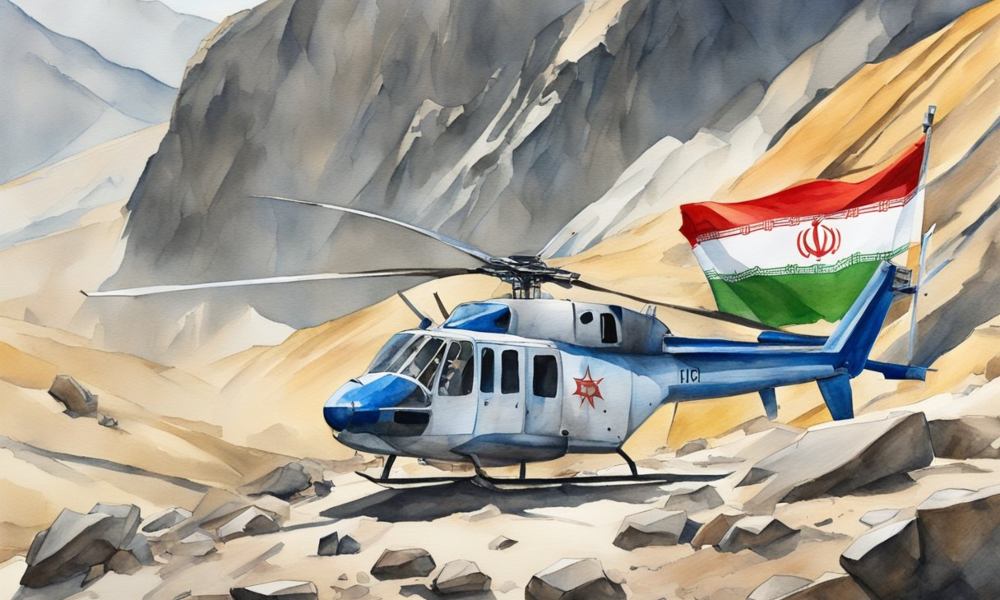Russia has suffered major losses in its invasion of Ukraine, leaving gaps in its offensive capabilities.
- Russian forces took extremely heavy casualties in early 2023
- This slowed Russia’s ability to launch major offensives
- Ukraine’s ammunition shortages are now easing due to US aid
- Russia may attempt a big summer offensive if it can regroup forces
Has Russia missed its best chance to make gains before Ukraine’s defenses improve?
Russian Offensive Stalls in Northeast Ukraine
Russia’s push to occupy more territory near the border in Kharkiv Oblast has slowed recently. While Ukraine did not position troops right at the border, Russia was still able to make some advances into this no man’s land.
However, Ukraine has now regained tentative control over some of those areas. Russia’s actions aimed to stretch Ukraine’s limited manpower and resources across an ever-widening front line.
Russia’s Strategy of Constant Pressure
To exploit its manpower and ammunition advantage over Ukraine, Russia has kept consistent pressure at multiple points all along the 600-mile front line. The goal was to wear down Ukraine’s capacity through these incremental infantry-artillery attacks.
While very costly for Russia in terms of casualties, this strategy achieved its objective of forcing Ukraine to disperse its defenses. However, Russia lacked the ability to launch any big, concentrated offensive pushes.
Ukraine’s Overstretched Air Defenses
Ukraine’s air defenses are severely strained due to ammunition shortages. The high demand for systems like Patriot missiles means there is not enough production to meet needs.
Countries like Saudi Arabia, Japan and NATO members also require Patriot supplies, creating an order backlog potentially up to 2 years long. This makes it extremely difficult for Ukraine to replenish its dwindling air defense stockpiles.
Impact of F-16 Fighter Jets for Ukraine
Belgium has agreed to provide 30 U.S.-made F-16 fighter jets to Ukraine. While a significant symbol of support, military experts caution against overstating the impact these aircraft will have:
- F-16s require long, smooth runways that are vulnerable targets
- Ukrainian pilots will need years of training for complex tactics
- The jets have limited range without aerial refueling tankers
- They are not designed to operate near front lines with air defenses
The F-16s will provide some additional air defense and strike capabilities for Ukraine. However, they are unlikely to dramatically shift the course of the war on their own.
Conclusion
Russia’s heavy personnel losses have prevented it from massing forces for a major offensive push so far in 2023. As Ukraine receives more military aid from the U.S. and others, Russia may be running out of time to make significant territorial gains before Ukraine’s defenses solidify further. The next few months could prove decisive in determining the conflict’s trajectory.
What other support could the West provide to help Ukraine withstand renewed Russian offensives?
















